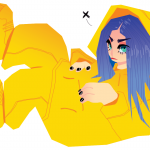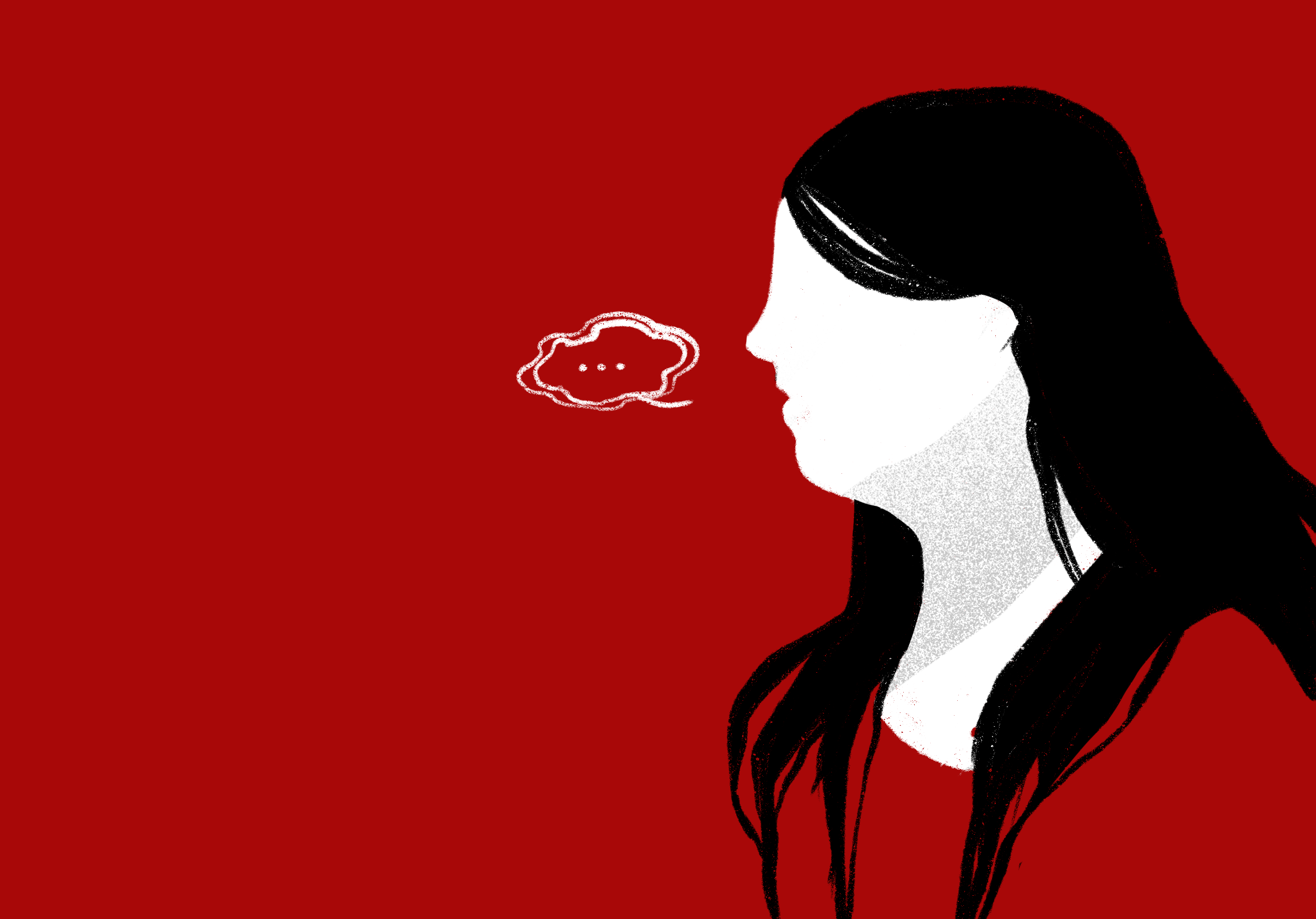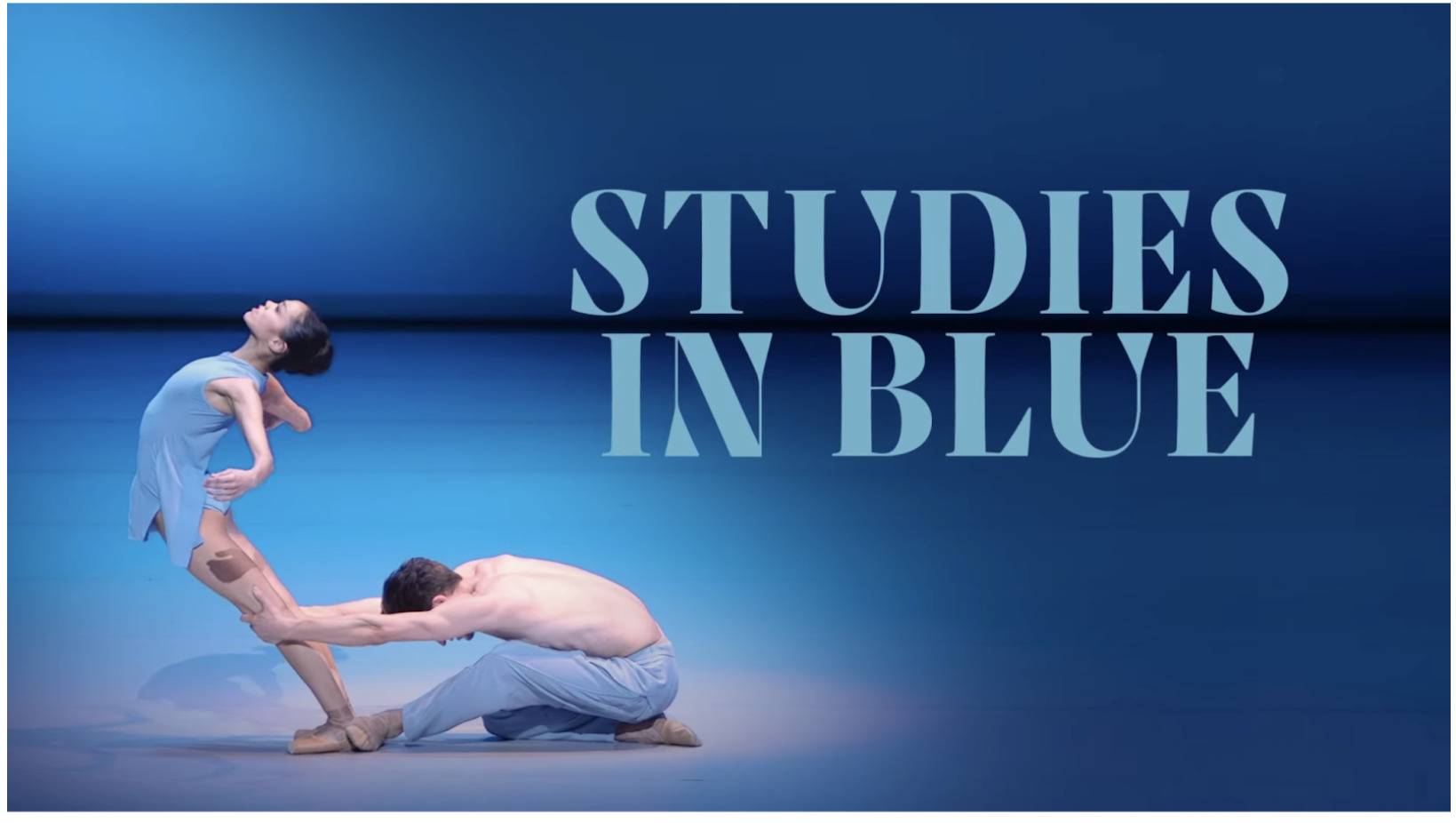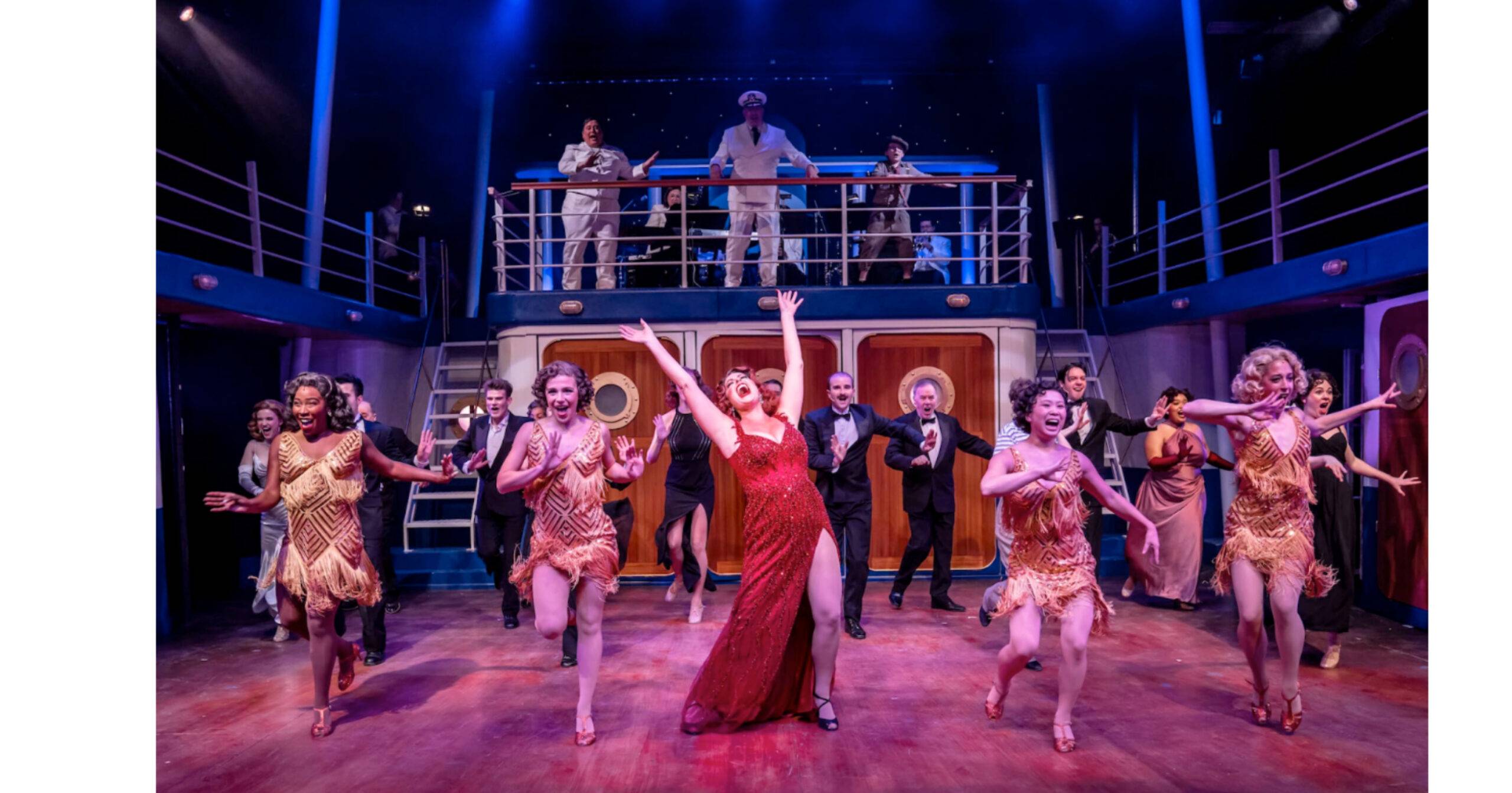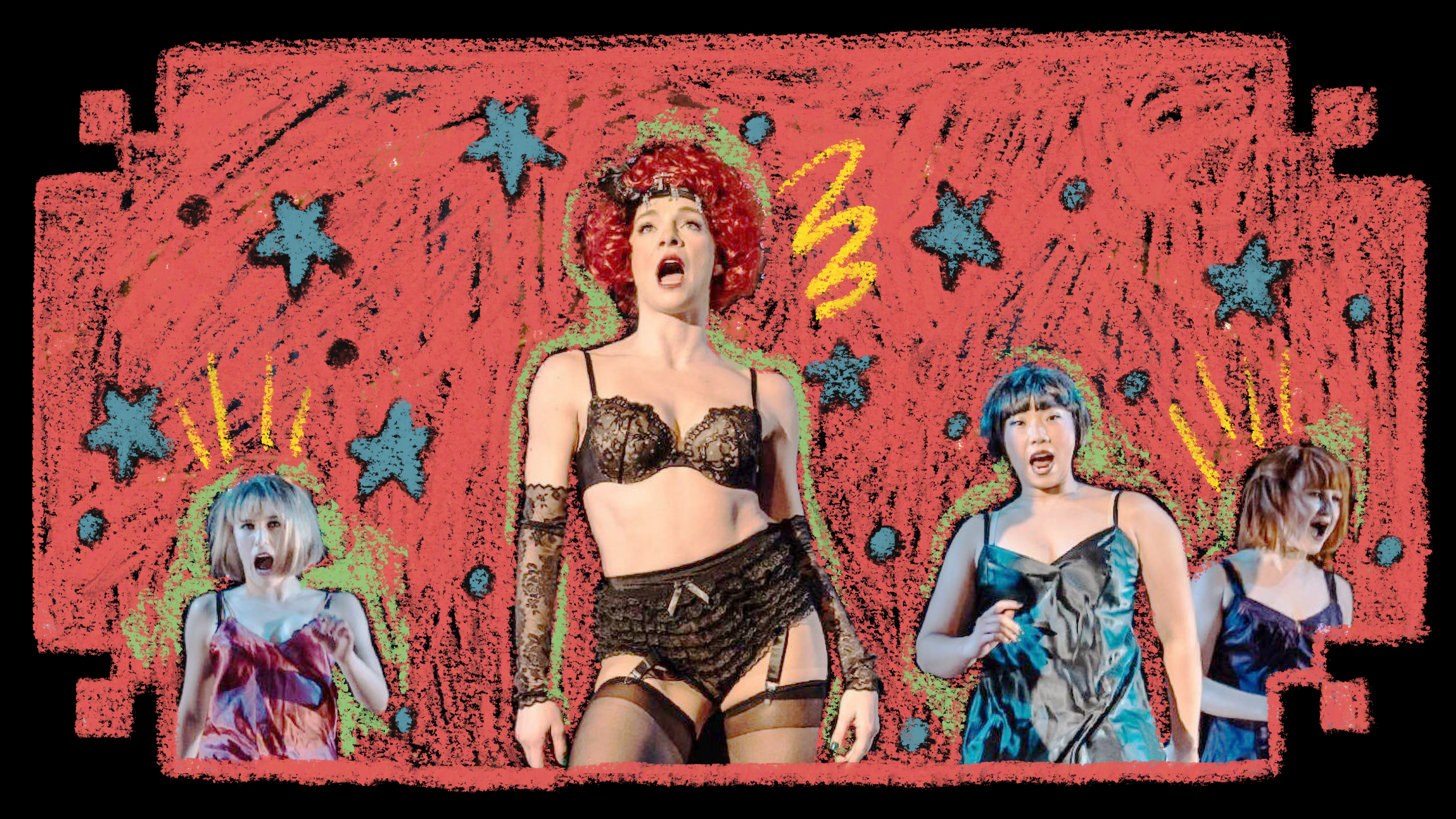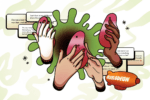The rich, delightful, and colorful “Whipped Cream,” a creation from the renowned choreographer Alexei Ratmansky and pop surrealist artist Mark Ryden, came to the Auditorium Theater this April. The renowned ballet is the story of a boy who attends a Konditorei, or Viennese cake shop, and after overindulging in too many sweets, gets sick and is taken to the hospital. Meanwhile, he enters into a fantasy world where the shop comes to life. In his illusion Princess Praline, Princess Tea Flower, Prince Coffee, and the Marzipans come to the rescue and try to free him from his physician.
The ballet follows the original “Schlagobers” which premiered in March 1924 at the Vienna State Opera with music by major composer Richard Strauss and choreography by Heinrich Kröller. A total failure at the time, it was left in oblivion until Ratmansky managed to reinvent and resurrect the piece with a new emphasis, turning it into a must-see after its opening with the American Ballet Theater (ABT) in March 2017.
Ratmansky has built his prestige as a choreographer by providing his unique style to well-known titles of the classical repertoire. The Pas de Deux in the first act, performed by Princess Tea Flowers (Stella Abrera) and Prince Coffee (Calvin Royal), gave audiences a taste of the pure classical elements, while the liquors in the second act stepped a little bit outside the complete strictness of a pure classic element, adding to the freshness this ballet represents.
It was on a trip to Japan that Ratmansky found a book of work by American pop surrealist artist, Mark Ryden. Later he proposed to Ryden the idea of transporting his paintings to the ballet stage.
The American painter is responsible for the hallucinatory stage scenery and costumes worn by ABT’s dancers. “Before the opportunity to work on “Whipped Cream,” I had never thought about working on a ballet,” Ryden told F Newsmagazine in an email interview in April. “The project was offered and it came at a good time where I felt like doing something a little different from my regular painting routine.”
As far as creating costumes, a lot of details needed to be taken care of so as to not disturb the dancer’s ability to move, jump, and travel on stage. Experienced costume designer, Holly Hynes and scenic artist, Camellia Koo worked together with Ryden to make sure the costumes were both beautiful and functional.
The three liquors, Chartreuse (French), Slivovitz (Polish), and Vodka (Russian), were the political leftovers of the original ballet. Ratmansky worked well to downplay the outdated context without needing to discard the bottles themselves. The updated, wearable costumes actually lent themselves to the dancer’s many jumps, turns, and arabesques.
“I learned very quickly that most of the stage needed to remain clear and open. In a musical, play, or opera the sets and scenic elements can spread out onto the stage. In a ballet, the scenery is a backdrop to the main action, which is of course the dancing,” Ryden said. “Costumes and sets are there to support the dancers, not distract from them.”
Ryden described the mysterious, intriguing, and often humorous story as a frame for the magnificent dancing and choreography. The incredibly surrealist ambience and the overall spectacle of the show make this an incredible ballet that breathes new life into a classic.


